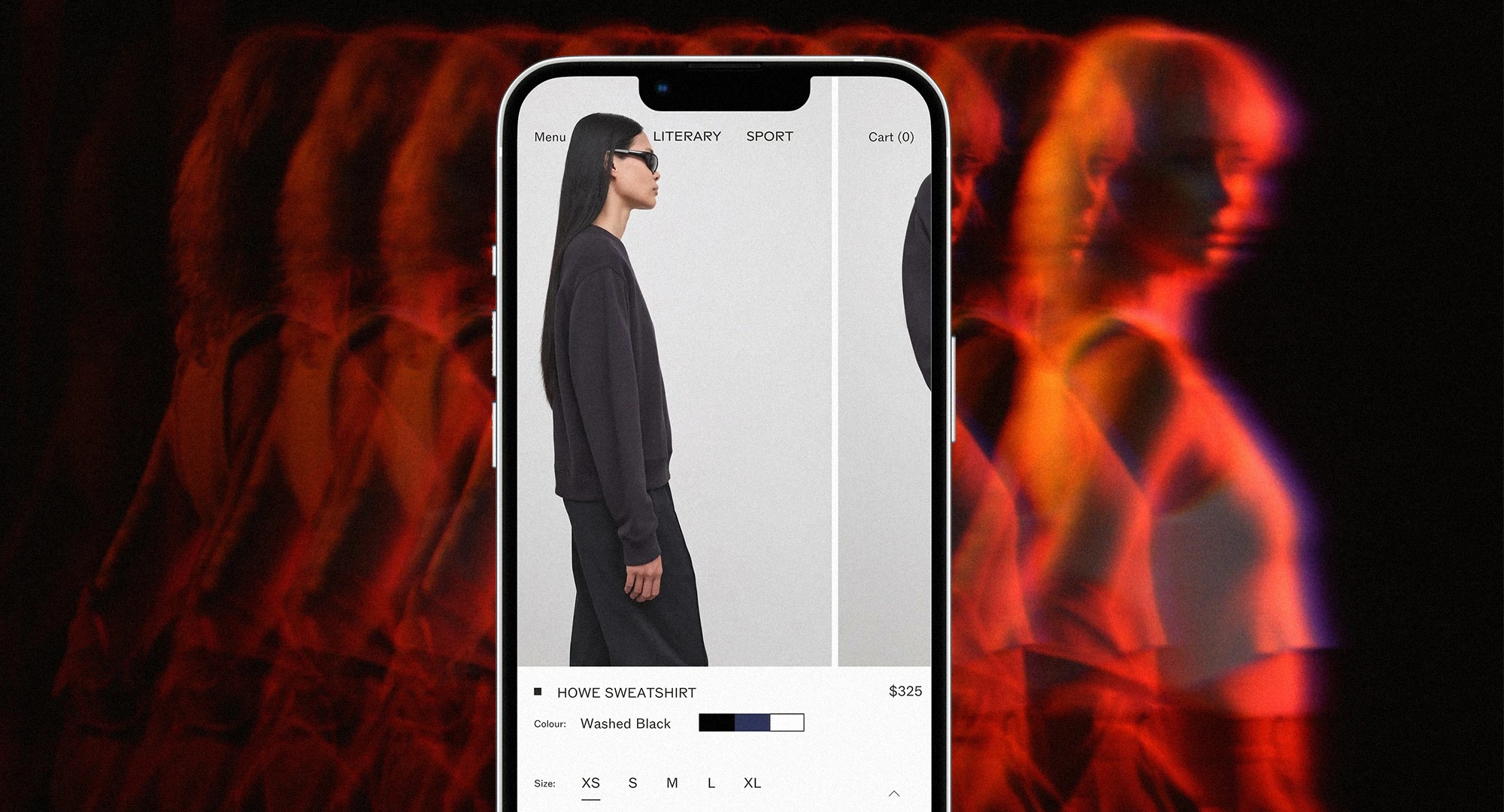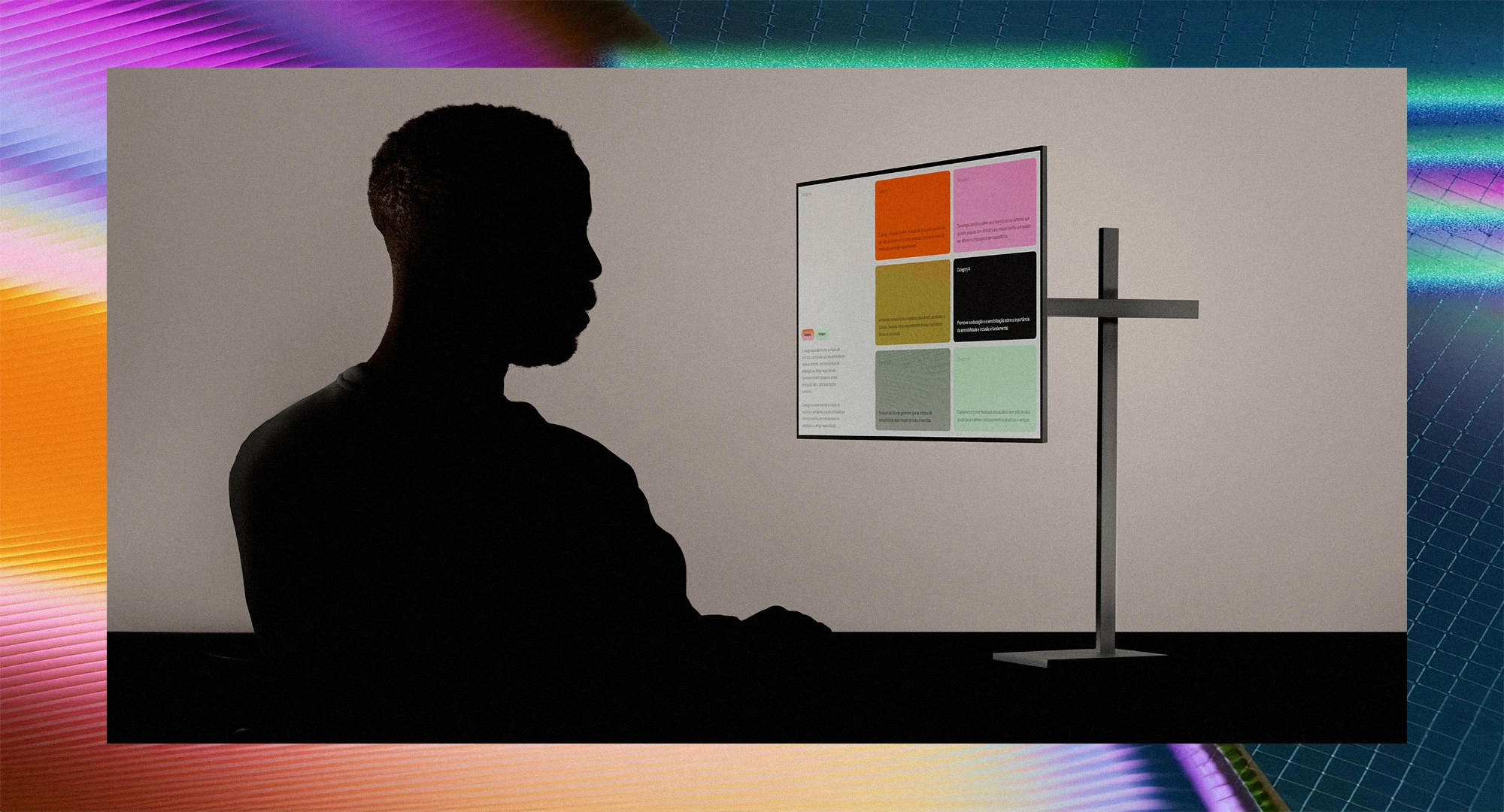
Retail App Design Trends | Best Mobile App Design Insights
Retail app design is rapidly evolving in 2025 as consumer expectations shift toward speed, personalization, and convenience. Enterprise retailers are rethinking digital platforms to remain competitive and relevant. This article explores the top five retail app design trends driving innovation and why leaders must adapt now to build long-term advantage.
Market Context: Disruption & Opportunity
Retail is undergoing significant transformation as digital commerce becomes the primary driver of engagement. Customers no longer see apps as optional; they expect seamless mobile experiences across shopping, payments, and loyalty. Retail app design has emerged as a critical lever for differentiation, influencing everything from brand perception to conversion rates.
Today’s retail leaders face challenges with fragmented systems, inconsistent user journeys, and rising expectations for personalization. At the same time, opportunities abound. Mobile app design for retail now delivers deeper data insights, frictionless payments, and immersive experiences that create stronger customer loyalty.
For enterprise retailers, embracing app design for retail means more than updating an interface. It’s about building scalable platforms that connect channels, engage users, and drive measurable business growth. The brands that adopt these solutions gain an edge in a market where digital leadership is synonymous with market leadership.
Top 5 Trends to Watch in Retail App Design
Hyper-Personalization Through AI
Seamless Omnichannel Integration
AR and Immersive Shopping Features
Frictionless Mobile Payments
Sustainability and Ethical Shopping Tools
Trend Breakdown: Context & Competitive Insight

Hyper-Personalization Through AI
Personalization has become a baseline expectation. Retail mobile app design now leverages AI-driven insights to deliver tailored product recommendations, promotions, and content. This trend is driven by customer demand for relevant, timely experiences and by competition from digital-first players. Brands adopting advanced personalization see higher engagement and conversion rates, gaining a competitive edge. For enterprise leaders, retail app design services that embed AI personalization ensure relevance in a crowded marketplace.
Seamless Omnichannel Integration
Customers expect a consistent journey across web, mobile, and in-store experiences. Omnichannel integration in app design for retail unifies these touchpoints, from browsing online to completing purchases in-store. This shift matters because fragmented experiences drive customer churn. Enterprise retailers that master this integration reduce friction, strengthen loyalty, and improve lifetime value. Best retail app design practices now prioritize connected journeys as a standard.
AR and Immersive Shopping Features
Augmented reality (AR) has transformed mobile app design for retail, allowing customers to visualize products in their own environments before purchase. This trend is driven by demand for confidence in buying decisions, particularly in apparel, beauty, and home goods. The implications are profound: fewer returns, stronger brand engagement, and higher satisfaction. Retail app design that incorporates immersive tools helps brands stay ahead of customer expectations while standing apart from competitors.
Frictionless Mobile Payments
Convenience is a deciding factor in digital shopping. Frictionless checkout experiences, such as one-click payments, biometrics, and mobile wallets, are now core features of retail app design. This trend addresses rising cart abandonment rates and customer frustration with lengthy processes. Enterprise retailers investing in retail app design services that streamline payments unlock faster growth while building trust with digital-savvy audiences.
Sustainability and Ethical Shopping Tools
Shoppers increasingly want to align purchases with values. The best retail app design now integrates sustainability metrics, ethical sourcing information, and carbon footprint trackers. This trend matters because it transforms ethical awareness into brand loyalty. For enterprise brands, embedding sustainability features into retail mobile app design signals responsibility while winning over environmentally conscious consumers.
What Leading Brands Are Doing
Leading brands are already aligning their mobile app design for retail with these trends. Major apparel retailers have implemented AI-driven personalization engines, achieving higher cross-sell performance. Beauty brands are integrating AR try-ons, dramatically reducing return rates. Global retailers are expanding omnichannel features, ensuring seamless in-store pickups for online orders.
At G&Co., we have worked with enterprise clients to embed personalization, streamline payment systems, and incorporate sustainability tracking into retail app design. These initiatives translate digital innovation into measurable growth, allowing brands to lead rather than follow.
Risks, Blind Spots & What to Avoid
Risk 1: Overcomplicating Features
Why it matters: Adding too many functions creates cluttered experiences.
Blind spot: Retailers underestimate the importance of simplicity in retail app design.
Risk 2: Ignoring Back-End Integration
Why it matters: Without aligned systems, omnichannel promises fall flat.
Blind spot: Businesses assume front-end design alone can deliver seamless journeys.
Risk 3: Delaying Innovation
Why it matters: Waiting on new technologies risks losing market share to agile competitors.
Blind spot: Retailers often believe existing apps are “good enough” without realizing how quickly user expectations evolve.
Let’s kickstart the conversation and design stuff people will love.

The Role of Retail App Design Firms

Retail app design firms help enterprise organizations navigate digital disruption by combining strategy, design, and technology. These firms bring expertise in app design for retail, ensuring that retail app design services address both customer needs and business objectives. By delivering the best retail app design practices, they help brands move beyond surface updates into scalable, competitive platforms.
The value lies in solving integration challenges, embedding personalization, and enabling mobile app design for retail that is future-proof. Choosing the right partner ensures alignment across systems, efficient delivery, and ongoing optimization. Beyond implementation, these firms provide continuous support to keep apps relevant as trends evolve. At G&Co., we empower retail brands to transform insights into impact, leading with strategy and execution to define what’s next.
Conclusion & Strategic Outlook
The five trends shaping retail app design in 2025 reflect deeper changes in customer expectations, technology, and competitive strategy. They reveal that personalization, integration, immersive features, frictionless payments, and sustainability are not optional—they are the future. Brands that act decisively will secure long-term advantage, while those that hesitate risk falling behind.
At G&Co., we provide the clarity, expertise, and executional power needed to translate retail app design trends into business growth. For enterprise leaders, now is the time to embrace innovation and define the next era of retail engagement. Let’s explore what’s next—together.






%20(1).png)






